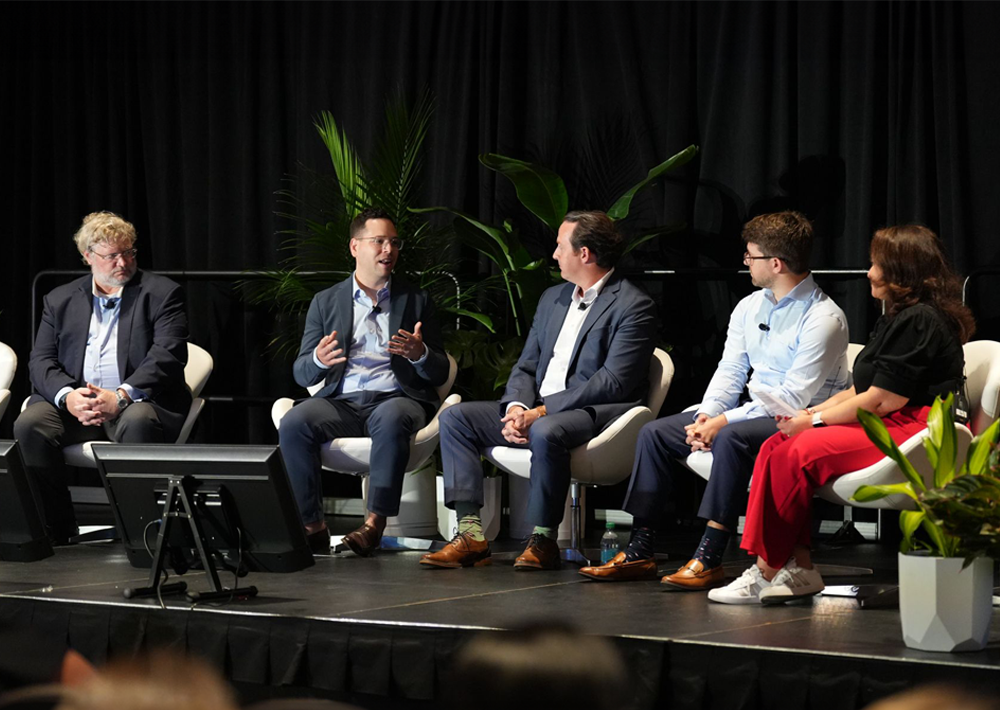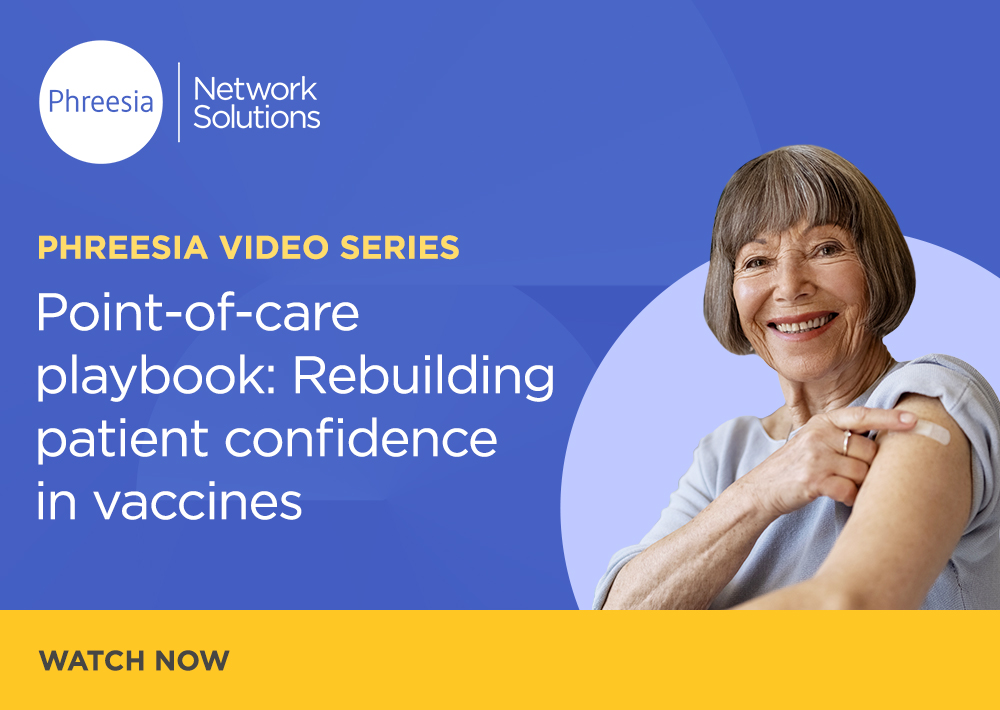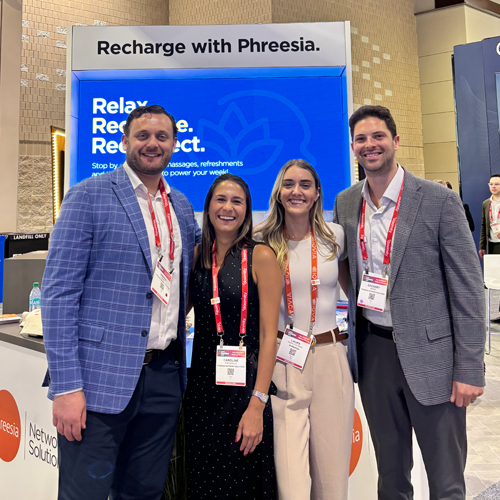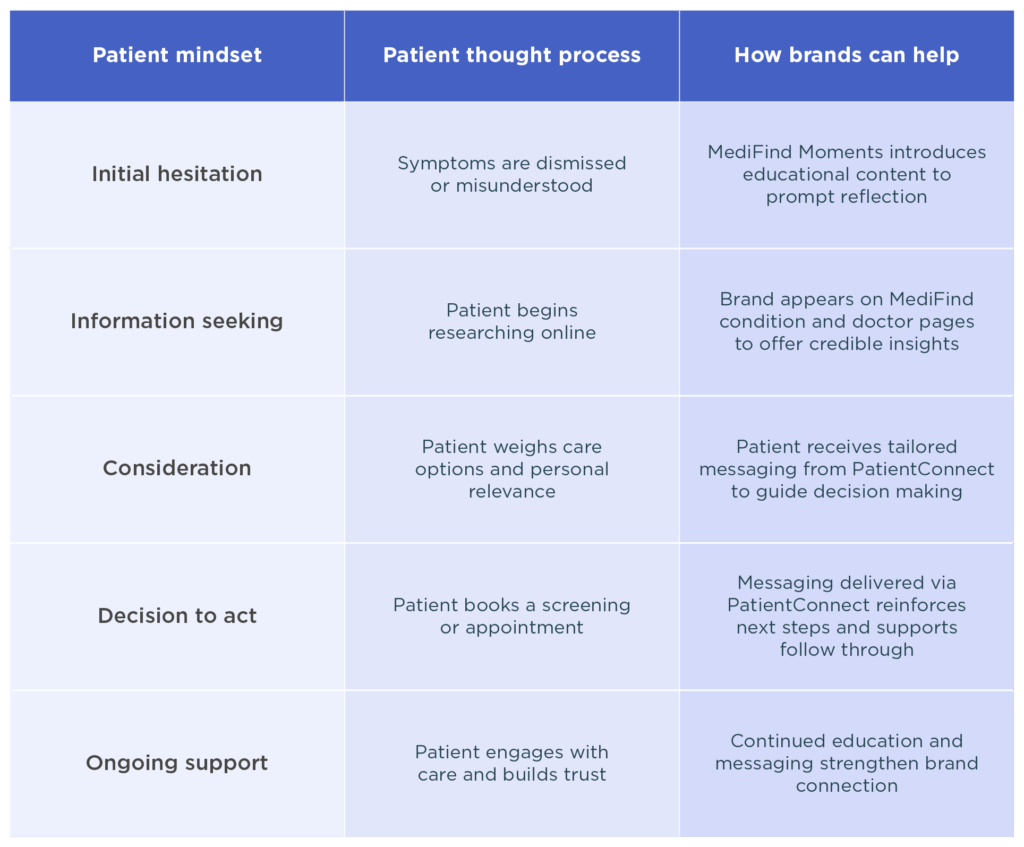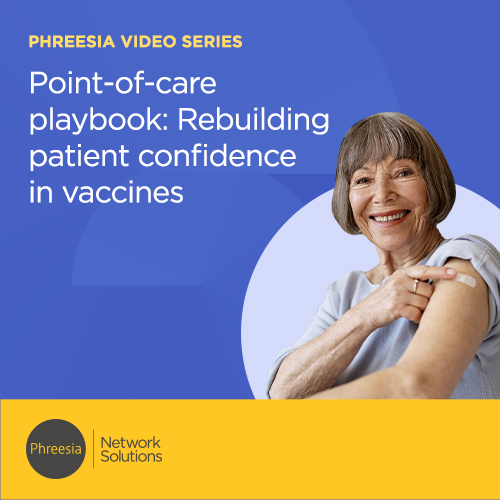
We explore how misinformation is reshaping vaccine conversations—and why healthcare providers remain the most trusted source of truth.
As trust in public health institutions declines, patients are turning to their healthcare providers for guidance. In part two of our series, Phreesia experts Christina Suh, Jai Seth, Raquel Langknecht and Shanoor Seervai examine how the provider-patient relationship is becoming central to vaccine confidence—and why life sciences organizations must step up to support these critical conversations.
Learn more about how Phreesia can help your organization drive better health outcomes.
Missed Part 1 of the “Point-of-care playbook to rebuild patient confidence in vaccines”? Watch it here.

